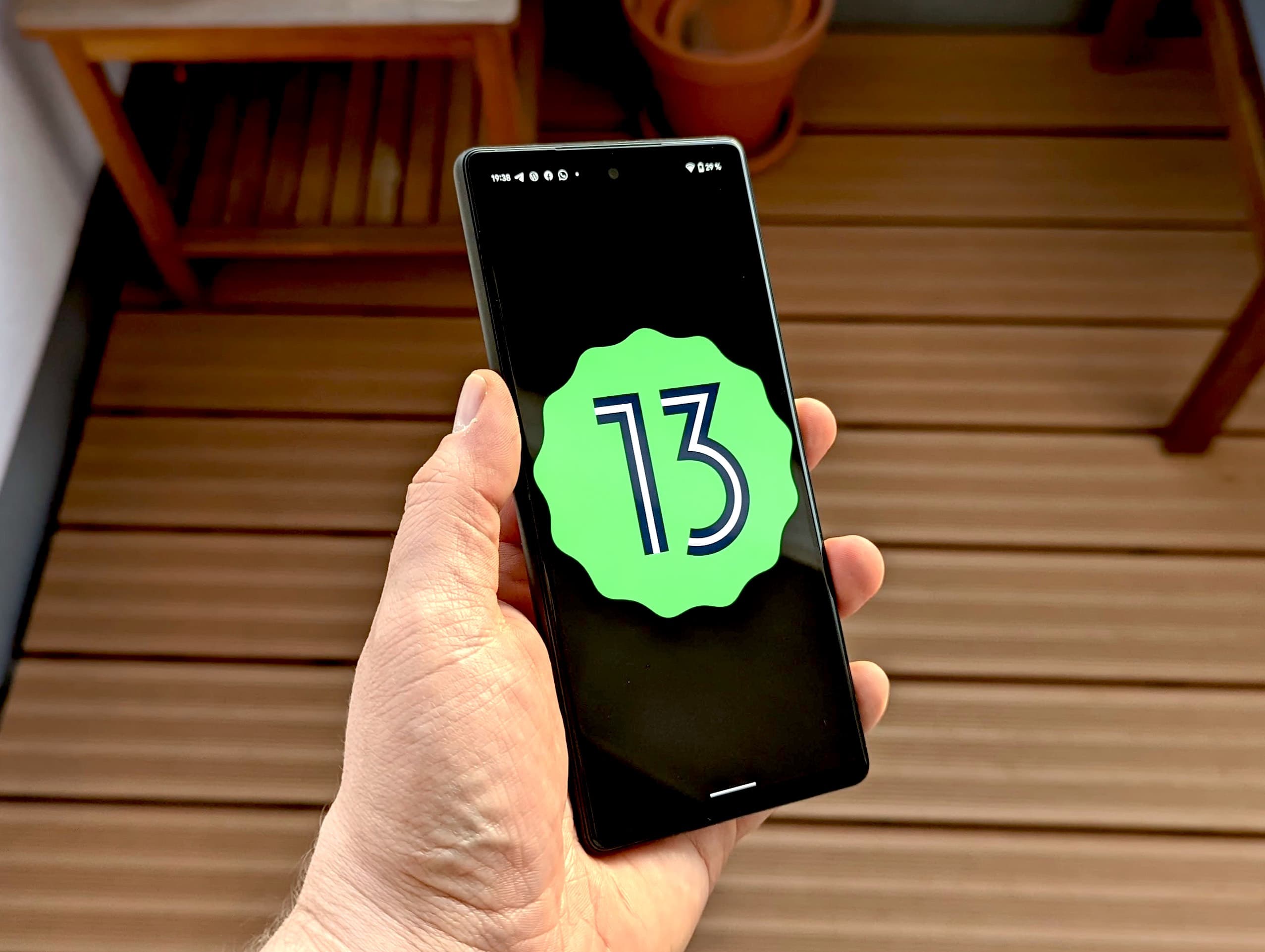2020 accelerated mobile adoption as never before, as consumers used their mobile devices to connect, work, learn, play and escape despite – and because of – Covid-19, restricting their way of life. That’s according to App Annie’s yearly appraisal into mobile’s impact across industries and the global economy.
The State of mobile 2021 report found that consumers spent £105bn on mobile apps in 2020, an increase of 20% compared with 2019. Top markets driving this spend included China, the US, Japan, South Korea and the UK.
As much as £55bn was invested in mobile companies over the year, up by 27% from 2019, while 2020 ad spend grew to £176bn, up by 26% compared with the previous year. “The world has forever changed. While people stay at home across the world, we saw mobile habits accelerate by three years.” said Theodore Krantz, chief executive officer of App Annie.
The average daily time spent on mobile surged to 4.2 hours, up by 20% annually, creating a tipping point by exceeding the amount the average US spent watching TV. There were 218 billion mobile app downloads during the year and total time spent on Android devices was up 25% from 2019 – amounting to 3.5 trillion hours. This increased time crossed the generations: Gen Z, Millennials and Gen X/Baby Boomers spent 16%, 18% and 30% more time per user year-on-year respectively on their most-used apps.
Among these most-used apps were those in financial services, transportation, commerce and shopping. Looking at finance, App Annie found mobile fuelled 45% more financial engagement than in 2019.
Time spent on finance apps during 2020 was up 45% year-on-year worldwide outside of China in 2020. Finance apps were found to be in high demand and a critical part of the decision-making process for consumers with popular use cases including using wallet apps, financial services such as loans, shopping for major purchases such as cars or homes, or investing in the market.
App Annie said that mobile was the common thread in financial decision-making: from research to consideration, evaluation and purchase or investment. Participation in the stock market grew 55% globally on mobile, and despite what was called a “tumultuous” financial market upended by Covid-19, we saw mobile apps become the go-to channel for participation. This, said the analyst, illustrated a powerful shift in financial thinking.
In retail, an m-commerce boom was changing shopping behaviour, with mobile retail totalling £84bn, up 30% annually. Time spent globally (outside of China) on shopping apps on Android phones during 2020 grew 45% compared with 2019.
Yet perhaps the breakout application sector of the year was business apps, including video conferencing. Total time spent on business apps grew 275% year-on-year in the fourth quarter of 2020 alone, with a huge ramp-up of using business apps to collaborate during the first wave of Covid-19 in Q2 2020. Usage remained high through the end of the year.
App Annie added that as companies continue to rework flexible and remote working options, usage of business collaboration apps was poised to remain high. The knock-on effect of this would be to place greater demand on home data usage and speed, an area it said was ripe for benefitting from 5G.
It added that increased video conferencing during the 40-hour workweek can spill over into other consumer habits. In a call to action, the analyst said that providers in the area needed to understand affinity across apps and industries to minimise time to usage.













